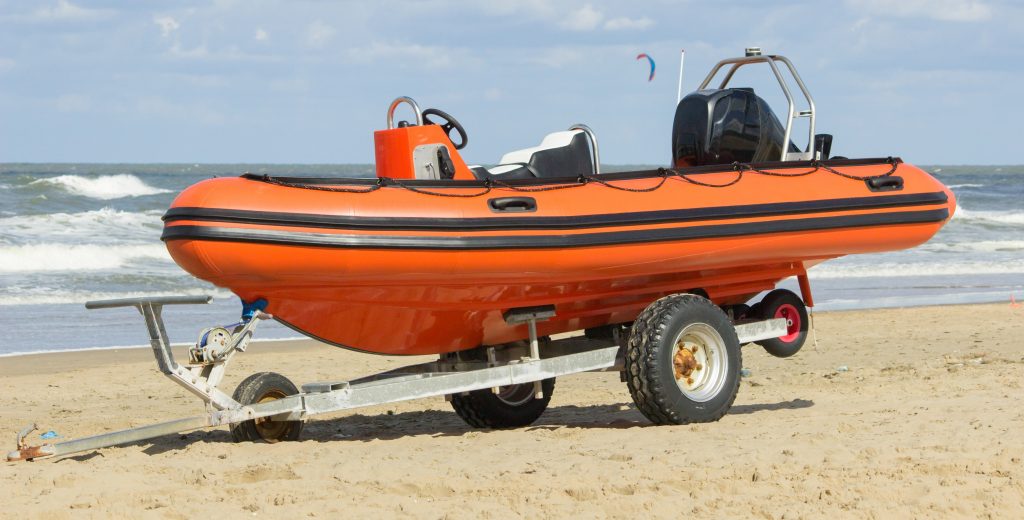There are various ways to transport a vehicle using another vehicle. From flatbed tows and trailer hitches, to crane towing, dingy towing, and more, the option you choose primarily depends on the vehicle you are using to tow and the equipment available to you. Continue reading to review some of the most frequently asked questions about tow dollies, and learn what you need to know before getting started on your towing job.

Which Tow Dolly Do I Use?
Not only is it vital that your hitch and towing vehicle meet the particular weight rating of your tow dolly, it is equally important that you have all the other necessary components to go along with them. In order to choose the right tow dolly for your towing needs, you must refer to the towing vehicle’s owners’ manual for its specifications.
How Do I Install a Tow Dolly?
Tow dollies are installed in a very similar way to most hitch systems. In order to set one up on your towing vehicle, you will need to refer to the instructions laid out in your owners’ manual, as well as, the manufacturer’s instructions that come with the tow dolly. You will basically check the hitch ball height then connect the couple on it, and then attach safety chains and other necessary components, such as lights and brakes, to finish.
Do I Need Brake Lights on a Tow Dolly?
State laws regarding tow dollies vary, but most require vehicles in rear-end tow to be equipped with functioning lights for all operations, including stopping, turning, and running. Tow dollies are not required to have weight distributing, sway control devices
Can I Put a Car Backwards on a Tow Dolly?
The short answer to this question is no. Vehicles in tow should always be loaded facing forward. Not only can you be cited for an expensive traffic offense for loading a car on a tow dolly backwards, you can also cause serious accidents and injuries to other people and property.
Can a Car Tow an SUV or Truck on a Dolly?
So long as the tow vehicle is at least 750 pounds heavier than the vehicle-in-tow, you are in good shape. But before you hit the road, be sure to refer to the towing vehicle’s owners’ manual for accurate maximum weight specifications for the vehicle-in-tow.
How Do I Drive Safely With a Tow Dolly?
The basic rules of safety for using a tow dolly, besides ensuring that your dolly is suited for your towing vehicle and applications, is to ensure all connects are secure and operational, reduce your driving speed, ensure all lights are working, ensure that the hitch, hitch-ball, and coupler handwheel are tight, ensure all mirrors are in place, ensure tires are inflated properly, ensure all ramps securely stored and latched, wear your seat belt, anticipate stops and brake early, and use your turn signals.
Need Some Towing Assistance in Central Indiana?
Call Zore’s Towing at 317-247-8484 for 24 hour roadside assistance and towing services in Indianapolis and throughout Central Indiana. We are fully-equipped with the right fleets to assist cars, trucks, motorcycles, boats, construction equipment, trailers, vans, semi-trucks, airplanes, and much more. Our friendly staff is waiting by the phones, ready to help you get back on the road, safe and sound. We operate 24 hours a day, 7 days a week, and 365 days a year, so you can always count on us. Request a free estimate, today.

